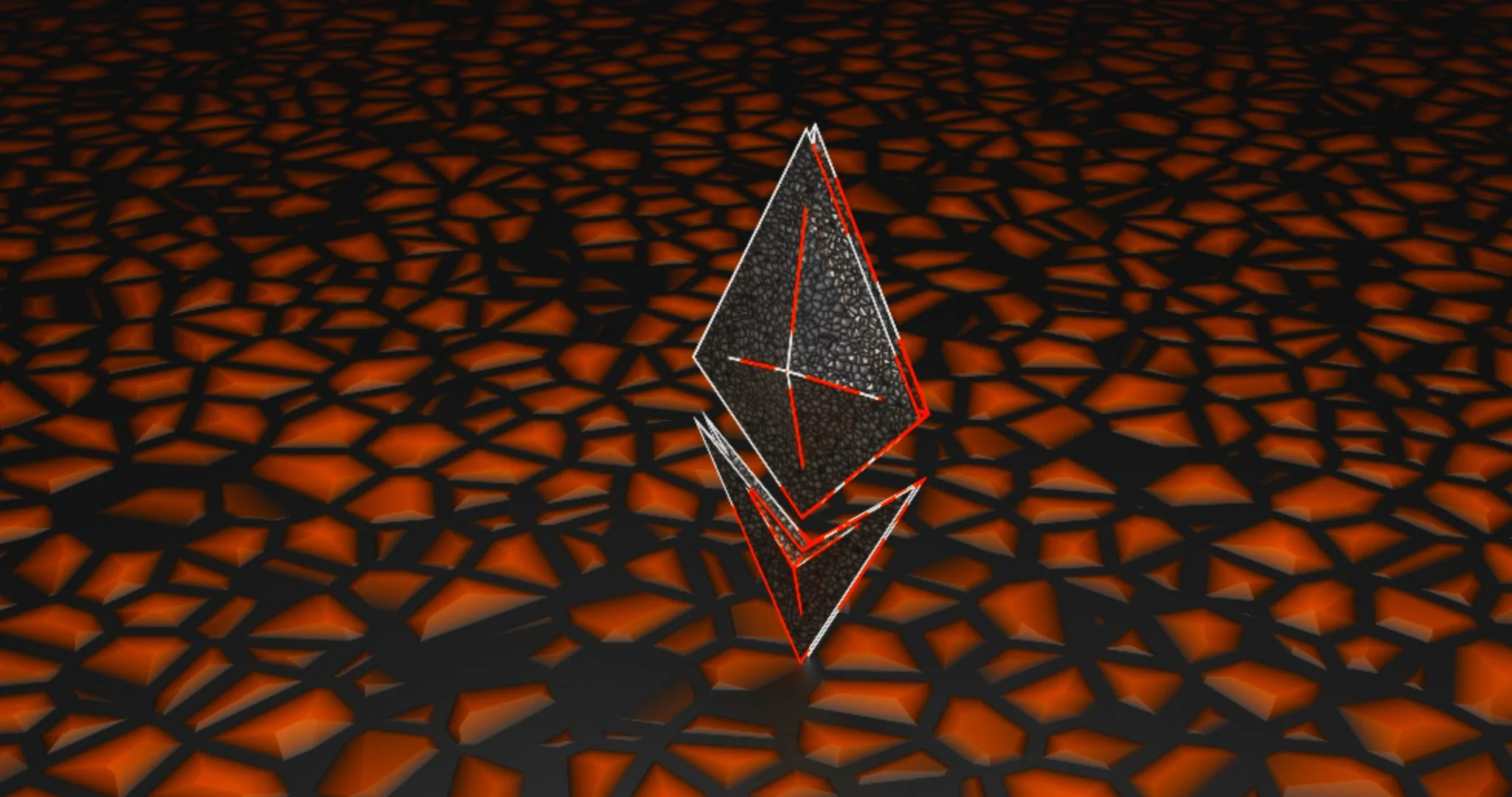Back to Blog
What Makes NFTs Valuable? From Community to Rarity, and More

Nick Fouriezos
Mar 13th, 2023
.6 min read

In Web3, there's something called the "mom test," where a technology isn't matured until your mom can and would use it.
While we're not there yet, NFTs — or non-fungible tokens — have come a long way, particularly due to the explosion of interest in digital art and collectibles. In March 2021, the digital artist Beeple sold an NFT titled “Everydays: The First 5000 days” at Christie’s auction house for $69 million. In the same month, the musician Grimes sold an NFT collage collection “WarNympth” for nearly $6 million.
The months since have showcased a wave of interest across the globe, with notable collections like CryptoPunks and Bored Ape Yacht Club exploding in popularity and sales while bringing NFTs to the world.
And although cryptocurrencies and NFTs have experienced a dip amidst broad uncertainty in tech and other economic sectors, they still continue to garner interest from top brands and are creating value in various industries.
But what are they?
What are NFTs?
To truly understand how NFTs work and why they can be valuable, it’s worth understanding how they came to be.
The consensus is that the first NFT, called "Quantum," was minted in May of 2014. It was sold in June 2021 for $1.47 million during Sotheby's "Natively Digital" auction. There is some contention that this was preceded by another "NFT" called Colored Coins, which was created in 2012 by a group of developers looking to create unique tokens on the Bitcoin blockchain. However, the value of a colored coin was only as strong as its weakest approximation — which lends credence to the idea that they were only a precursor to modern NFTs.
But once Ethereum launched in 2015, NFTs really began to take off.
The ERC-721 token standard, created by Ethereum developer William Entriken and his team in 2018, established the technical framework for NFTs. This standard allowed for the creation of unique, non-interchangeable tokens that could be used to represent digital assets like artwork, music, and even virtual real estate.
The first notable NFT project was CryptoKitties, launched in late 2017. The game allowed players to buy, sell, and breed digital cats on the Ethereum blockchain, with each cat represented by a unique ERC-721 token. The game quickly became popular, causing a surge in transactions on the Ethereum network and highlighting the potential of NFTs as a new asset class.
From there, NFTs have continued to create new use cases and value props for their buyers.
What gives an NFT value?
At a very base level, NFTs are valuable because of the communities that form around them. Fandoms arise, driving up the price of an NFT, which builds up a loyal base of support. If that seems strange to you, think about some of the most valuable brands in the world — from Nike to Gucci to Disney and Marvel.
Do Nike shoes cost significantly more to produce than a shoe from a lesser-known brand? What about a Gucci purse (or, dare we say it, a $400 pair of rubber Gucci sandals)? Of course not. While there may be a high quality of work in each product, it’s not proportional to the extra cost of purchasing them: it’s tied to the brand’s reputation and the exclusivity that it has built around its products.
Thus, the value of an NFT is primarily determined by supply and demand. The rarer an NFT is, the higher its value is likely to be. For example, the CryptoPunks collection has seen individual punks sell for millions of dollars. Each punk is entirely unique, and only one copy of each exists. The scarcity of these assets makes them incredibly valuable to collectors, and it has added value because of its status as one of the earliest NFT projects, launching all the way back in 2017.
Another factor that gives NFTs value is their authenticity and provenance. The blockchain technology used in NFTs allows for a transparent and tamper-proof record of ownership and transaction history. This feature is particularly relevant to the art world, where provenance is critical to establishing an artwork's authenticity and value.
NFTs provide a digital certificate of authenticity, allowing creators to protect their work from unauthorized reproduction and ensuring that buyers can prove ownership.
How does an NFT gain more value?
NFTs mainly gain value from two things: first, from increased brand novelty or scarcity, and, secondly, from new use cases emerge as NFT technology continues to evolve.
That first example is intuitive: Brands with products that either become rarer or become more beloved are able to sell those products for more over time. Think about Nike before it signed Michael Jordan and launched its Air Jordan series, which continues to be the highest-selling sneaker of all time (along the way attracting collectors with cult-like obsession over the brand).
In the NFT world, Yuga Labs — the developer of Bored Ape Yacht Club and its follow-up collection, the Mutant Ape Yacht Club — is well on its way to building a similarly devoted community, which it continues to serve with valuable additions, like the launch of its Otherside metaverse project.
Architects have started selling virtual NFTs in the metaverse to match their grandiose in-person creations — with ONE Sotheby’s International Realty announcing it would list the first “MetaReal Mansion” sale in 2023. The lucky buyer will get both a real-life Miami mansion and an NFT mansion on the Sandbox metaverse.
New technologies are leading to the development of dynamic NFTs that can be updated with novel traits and characteristics. These additions to the original NFT are enshrined on the blockchain, so everybody can see a record of the valuable improvements that have been made to the NFT over time.
Such evolving traits will become even more useful as more and more games and metaverse projects adopt NFTs to help track their users’ ownership of digital assets and avatars.
How do you find the value of an NFT?
If you want to simply find the current price an NFT is selling for, you can do so on several marketplaces, including NFT.com — and you can also read our full NFT buying guide here.
Still, determining the true value of an NFT can be challenging, since it's a relatively new and evolving market. Several factors can help determine the value of an NFT, with the rarity and uniqueness of the asset perhaps being the most critical ones: Websites like Rarity.tools and Rarity Sniper can help users assess the relative scarcity of their NFTs, or NFTs they are considering buying.
In addition, the reputation of the creator or other artists supporting the NFT collection can play a big role in that collection’s relative value, as popular creators naturally attract a larger number of interested buyers from their fanbases (look no further than the craze when Snoop Dogg launched his ‘Stash Box’ collection, which ended up selling nearly $45 million worth of NFTs in less than a week).
The historical significance of the asset will only add to NFT value over time: For instance, if a celebrity like Snoop sells his Bored Ape, you can bet there will be a long line of potential buyers — particularly after it starred in a music video with the Bored Ape of fellow rapper Eminem.
Lastly, the popularity of the underlying platform or technology will play an increasing role in the value of NFTs as new novel use cases continue to emerge.
Why does an NFT’s value matter?
Most Americans already live the majority of their lives in front of their screens, and one-third say they are online “constantly.” The rest of the world is seeing similar trends. Distinctions between the “real world” and the “virtual world” are increasingly becoming arbitrary and moot.
In such a world, the value of digital art, collectibles, and other assets can not be overstated. After all, if you spend most of your life online, what you buy, build, and interact with becomes super critical to your everyday reality — and the value of those assets becomes even more important.
Related Posts

What Is an NFT Marketplace? A Must-Read Guide on OpenSea, Blur, and More
As a major epicenter for Web3 activity, NFT marketplaces are the future of ...

Brad Bergan
Mar 9th, 2023

The 5 Most Intriguing Reasons Why People Buy NFTs in 2023
Why are people buying NFTs? As the key to our future in Web3, here are five...

Brad Bergan
Mar 10th, 2023

Rare NFTs: A Quick Guide to Ranking Web3 Rarity
If an NFT sells for millions, chances are it has a high rarity ranking. Lea...

Eric Esposito
Mar 10th, 2023